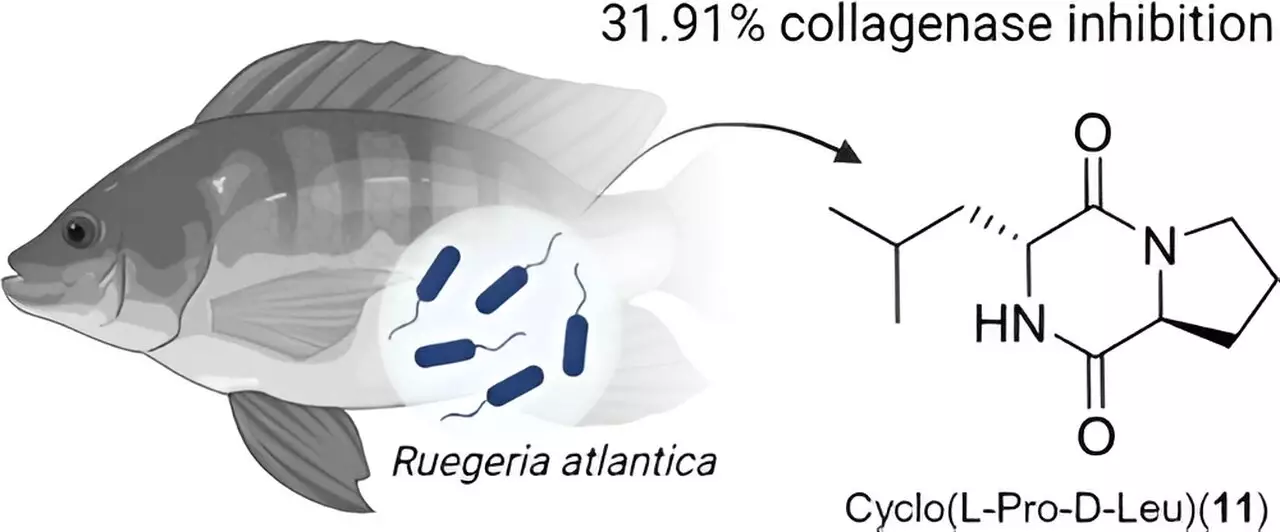In recent years, the world of cosmetics has witnessed a remarkable shift towards incorporating unusual and often surprising ingredients. From the famed snail mucin—believed to provide skin hydration and antioxidant properties—to the now-attractive appeal of probiotics, the industry is pushing the boundaries of what constitutes effective skincare. However, a recent study published in ACS Omega has introduced an even more bizarre notion: the potential utilization of compounds derived from the gut bacteria of fish. As strange as it may sound, this concept invites intrigue and prompts a reevaluation of where we source our skincare solutions.
The Science Behind the Discovery
As researchers delve deeper into the molecular makeup of various organisms, they often stumble upon extraordinary therapeutic properties hidden in unlikely places. The study led by Hyo-Jong Lee and Chung Sub Kim focused on gut bacteria sourced from the red seabream and blackhead seabream, fish indigenous to the western Pacific Ocean. The intriguing premise emerged from the understanding that these bacteria could potentially produce beneficial compounds for cosmetic applications. This understanding gained traction from historical precedents where significant drugs like penicillin were derived from unexpected sources. The advancement of research into marine biology and microbiology continues to bolster the credibility of such explorations.
In their quest to harness the microbiomes of these fish, the researchers identified 22 distinct metabolites produced by their gut bacteria. Through lab testing, they specifically evaluated the capacity of these molecules to inhibit the activity of tyrosinase and collagenase enzymes. Tyrosinase plays a crucial role in melanin production, which is often responsible for uneven skin tones and hyperpigmentation, while collagenase degrades collagen, contributing to the formation of wrinkles over time. The results were compelling—three specific compounds showed significant effectiveness in inhibiting both enzymes without causing harm to the cells in culture.
A Step Towards Sustainable Innovations
This breakthrough not only hints at introducing new active ingredients into the cosmetic realm but also promotes an ecological perspective by utilizing marine resources that often go unnoticed. In a world increasingly attentive to sustainability, these fish-derived compounds could pave the way for ethical and innovative alternatives to traditional synthetic ingredients. The allure of skincare solutions stemming from marine biodiversity enhances both the appeal and credibility of using such unusual sources.
While the findings bring exciting prospects for future cosmetic formulations, further research is imperative to better understand the long-term effects and safety of using compounds derived from fish gut bacteria in skincare products. As researchers continue to explore this innovative avenue, consumers may soon embrace the idea of applying substances that were once discarded in the culinary realm. Ultimately, this research highlights the evolving landscape of skincare, where embracing the unconventional might just lead to the next revolution in how we care for our skin.

